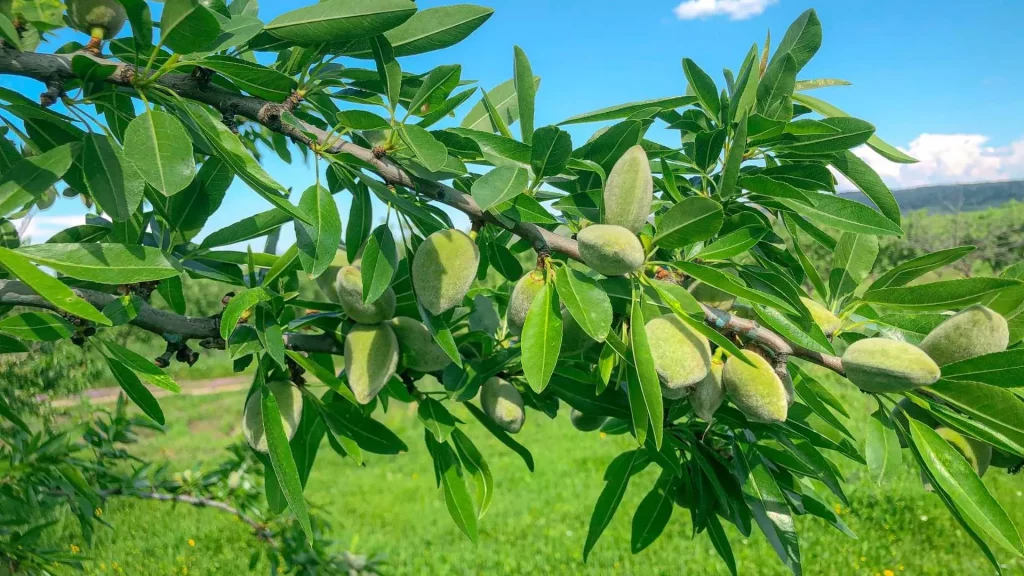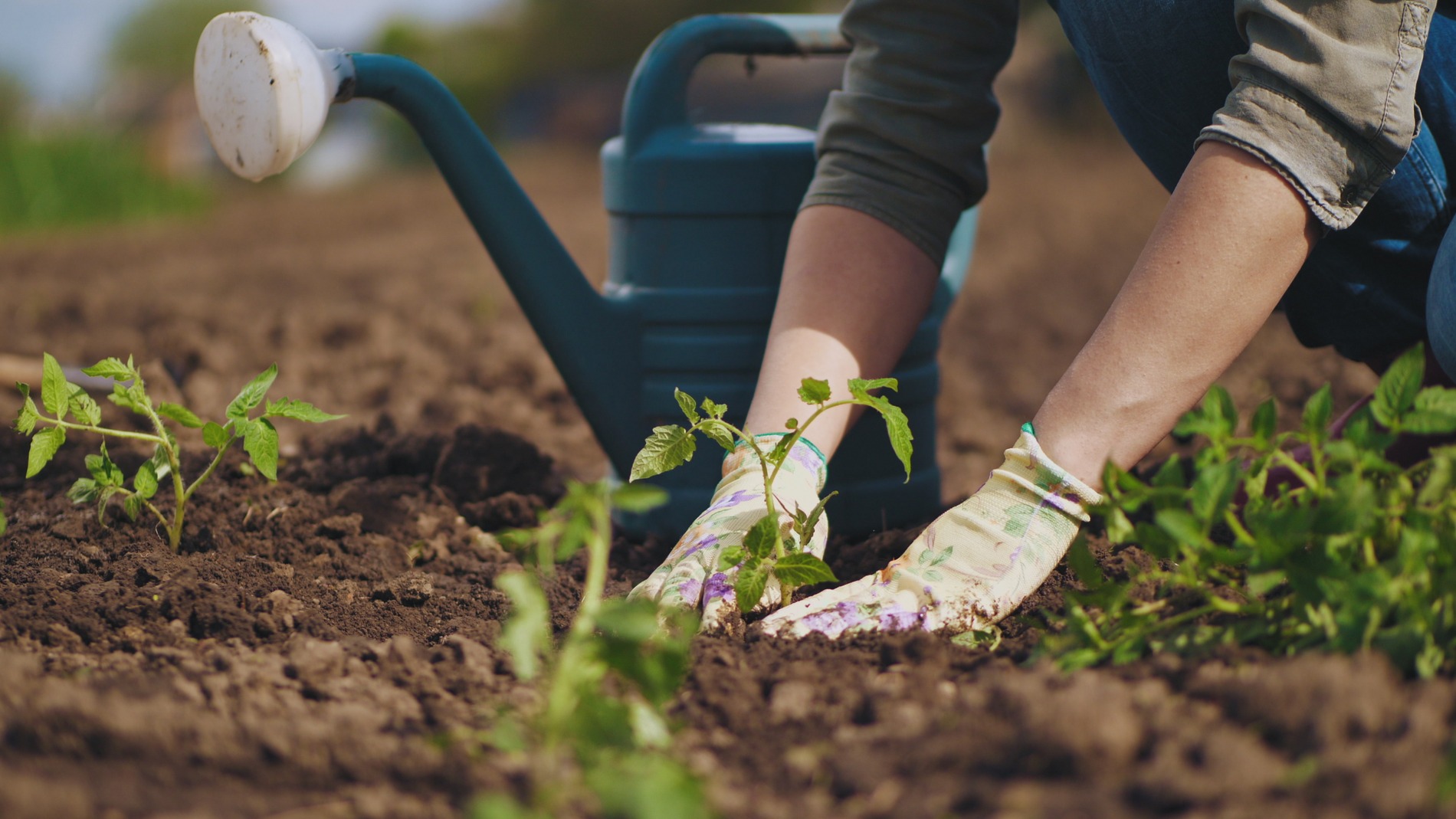When you think about farming, what comes to mind? Fields of green crops, sun-drenched vineyards, perhaps a tractor in the distance. But what about the soil? Most people just think of it as “dirt,” but in reality, it’s a bustling, complex world teeming with life. It’s a living ecosystem of microorganisms, nutrients, and minerals, and it’s the secret to a great harvest. At Agro Invest Spain, we know that if you don’t take care of the soil, you’re missing the point of a good agricultural investment.
A Deeper Look at Soil Science
Grasping the complexity of soil requires understanding its three main pillars: its physical qualities (how it holds water), its chemistry (its nutrient levels), and its biology (the tiny life forms that keep it healthy). A great farmer understands that their job is to be a caretaker for the soil’s health, because the soil is what gives life to everything else.
- Physical Properties: This refers to the soil’s structure, texture, and porosity. The balance of sand, silt, and clay particles determines how well the soil retains water and nutrients. For instance, in regions with a Mediterranean climate, a soil with good structure and high clay content can be a precious asset, holding onto every drop of water for a plant’s roots.
- Chemical Composition: This is the soil’s unique nutrient profile. Soil chemists analyze pH levels, the presence of essential macronutrients like nitrogen, phosphorus, and potassium, and the soil’s cation exchange capacity (CEC), which indicates its ability to hold onto vital nutrients. Maintaining the right chemical balance is crucial for a crop’s growth, and in many traditional farming areas, this balance has been carefully managed through a long history of traditional practices.
- Biological Activity: This is the life within the soil—the earthworms, fungi, bacteria, and other microorganisms that form the soil microbiome. This underground ecosystem is responsible for breaking down organic matter, cycling nutrients, and fighting off plant pathogens. A healthy, biodiverse soil is a self-sustaining powerhouse that requires fewer external inputs.

The Holistic Approach: Agricultural Ecology
The importance of this intricate system extends far beyond individual plots of land. This is where agricultural ecology comes into play. Agricultural ecology views farms not as simple production units, but as interconnected ecosystems where soil, water, plants, animals, and humans interact. This holistic approach seeks to design and manage agricultural systems that are both productive and environmentally sound, mimicking natural ecological processes as much as possible. It is a move away from the high-input, industrial farming model and towards a more sustainable and resilient one.
In a region with a Mediterranean climate, with its diverse landscapes and often challenging terrain, the principles of agricultural ecology are more crucial than ever. For example, in the semi-arid conditions of southern Europe, traditional farming practices like terracing, a core component of agroecology, have long been used to mitigate the effects of limited water resources and prevent severe soil erosion on steep slopes. A recent case study from a Mediterranean island demonstrated that the re-cultivation of abandoned terraced landscapes, using a low-input system, significantly improved soil quality, reduced runoff, and restored biodiversity. This is a powerful lesson that investing in and protecting these traditional ecological structures can be a highly effective way to combat land degradation and climate change.
Other key practices rooted in agricultural ecology include:
- Crop Rotation: This involves planting different crops in a sequence on the same land. It not only helps maintain soil fertility but also disrupts pest and disease cycles, reducing the need for chemical pesticides.
- Cover Cropping: Planting non-cash crops, like legumes or grasses, in between main harvest seasons prevents soil erosion, enriches the soil with organic matter, and can suppress weeds.
- No-Till or Reduced-Tillage Farming: By disturbing the soil as little as possible, farmers can preserve its natural structure, protect its biological life, and significantly reduce soil moisture loss, a critical advantage in dry climates.
By adopting these practices, farmers can increase their long-term productivity and reduce their operational risks. For instance, a farm with healthy, organic-rich soil is far more resilient to drought and extreme weather events. It is a self-regulating system that requires fewer external inputs, such as synthetic fertilizers and pesticides, which in turn leads to lower costs and a more sustainable operation.
At Agro Invest Spain, we understand that agricultural investment is a long-term play. The health of the soil is a direct determinant of an asset’s value and resilience. By focusing on properties and projects that prioritize soil science and agricultural ecology, we are not just investing in a single harvest; we are ensuring the long-term vitality, profitability, and sustainability of our agricultural ventures for generations to come. This approach mitigates risk for our investors and positions us as leaders in a future where sustainable practices are the most profitable.
All rights of this content prepared by Api Group Agro Inversiones SL (“API Group”) belong to API Group. These rights are protected and the partial or complete copying, reproduction, distribution, processing or use of the content in any way without permission and without reference will result in legal and criminal liability of individuals.

